Soil for newly propagated succulents
Deborah Blanche
8 years ago
Featured Answer
Sort by:Oldest
Comments (12)
Candacw Krenek
8 years agoRelated Professionals
Ogden Interior Designers & Decorators · Bonney Lake Architects & Building Designers · Rocky Point Architects & Building Designers · Portland Kitchen & Bathroom Designers · Saint Charles Kitchen & Bathroom Designers · Sioux Falls Furniture & Accessories · Topeka Furniture & Accessories · Eau Claire Furniture & Accessories · Portage Furniture & Accessories · Alhambra General Contractors · Genesee General Contractors · Lewisburg General Contractors · Rowland Heights General Contractors · Warren General Contractors · Warrenville General Contractorsnauna
8 years agonauna
8 years agoMary Wiggenhorn
8 years agoahntara
8 years agoGretchen Maurer
8 years agonauna
8 years agotapla (mid-Michigan, USDA z5b-6a)
4 years agonauna
2 years agotapla (mid-Michigan, USDA z5b-6a)
2 years agonauna
2 years agolast modified: 2 years ago
Related Stories

GARDENING GUIDESGardening Solutions for Dry, Sandy Soils
Has your desert or beachy site withered your gardening creativity? Try these ideas for a beautiful, easy-care landscape
Full Story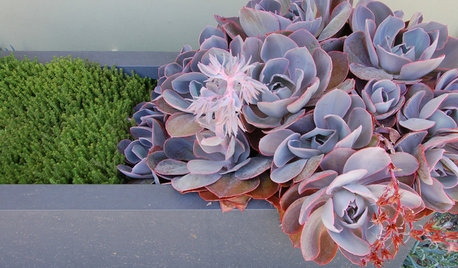
SUCCULENTSGrow a Garden of Succulents for Easy Beauty
Low-water plants in a wide range of colors, shapes and sizes? Sign us up — and check out our faves here
Full Story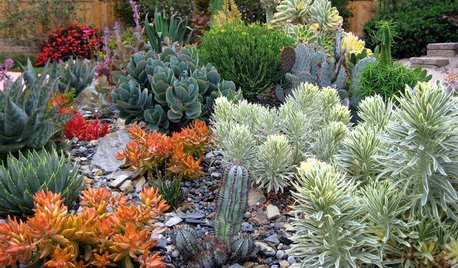
GARDENING GUIDESA Beginner’s Guide to Growing Succulents
Their easy-care reputation is well-deserved, but a little TLC will turn succulents into star plants
Full Story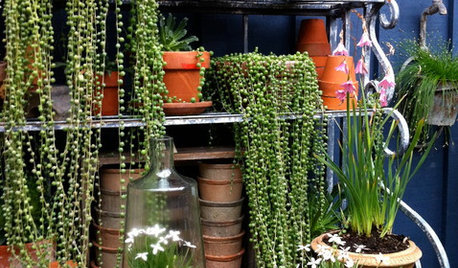
HOUSEPLANTSCascading Succulents Bring Fun Shapes to Your Indoor Garden
For eye-catching spillers with delicate beauty and minimal needs, it's hard to beat these 2 trailing houseplants
Full Story
CONTAINER GARDENS3 Steps to Creating Quick, Easy and Colorful Succulent Containers
Take a bright container, add a colorful succulent or two and have a professional, summery design in minutes
Full Story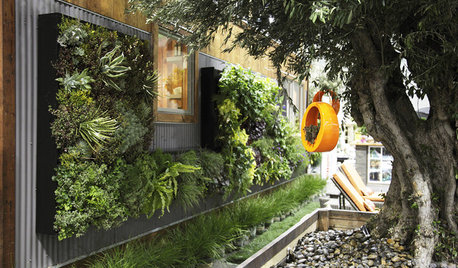
GARDENING GUIDESSucculents Juice Up Outdoor Gardens
Climbing garden walls or sprouting from cans and crates, succulent plants add a creative touch to ordinary landscapes
Full Story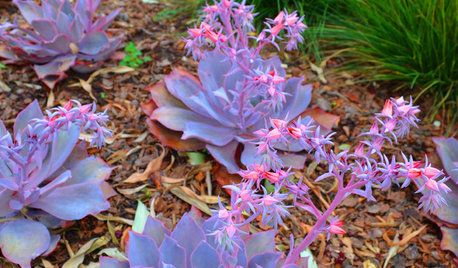
GARDENING GUIDESGreat Design Plants: Stars of the Succulent Garden
Amazing colors, exuberant blooms, low maintenance ... is it any wonder Echeveria is so popular?
Full Story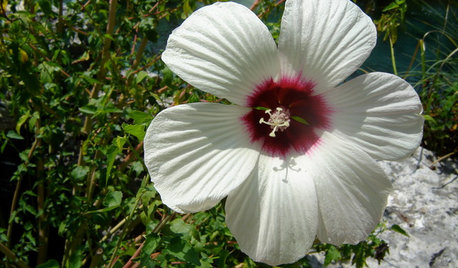
GARDENING GUIDESGreat Design Plant: Hibiscus Moscheutos
Crimsoneyed rosemallow is an ideal flowering perennial for wet sites and is ready to propagate now
Full Story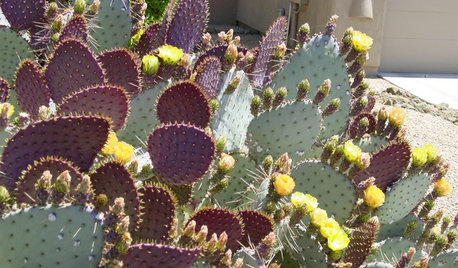
GARDENING GUIDESGreat Design Plant: Santa Rita Prickly Pear for Purple Appeal
Distinctive colored pads and yellow flowers make this cactus a favorite in Southwestern gardens
Full Story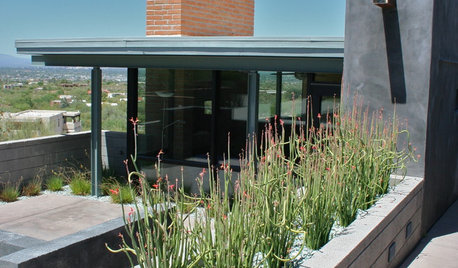
GARDENING GUIDESGreat Design Plant: Slipper Plant
Unthirsty succulent looks great all year and offers an unexpected surprise in fall
Full StorySponsored
Professional Remodelers in Franklin County Specializing Kitchen & Bath
More Discussions







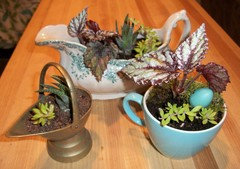
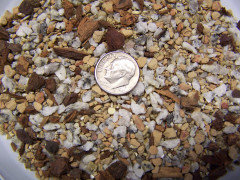





karenpariser